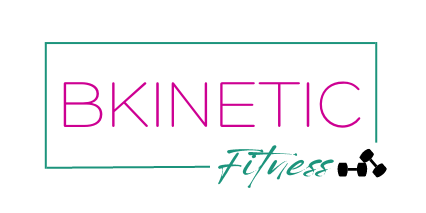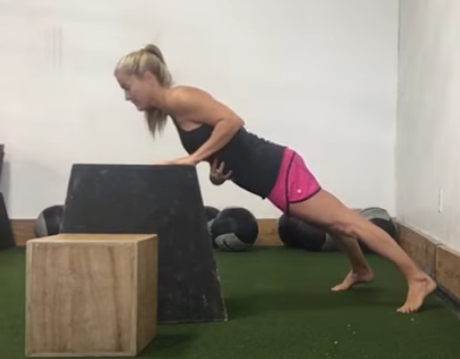Strength training is critical for runners. It helps prevent injuries, increases speed, and improves running economy (how much energy is expended at any given pace).
But it’s a common belief among many runners that they only need to focus on the upper body and core. They think that running already works the lower body enough, so they can skip those exercises at the gym. This is a misconception.
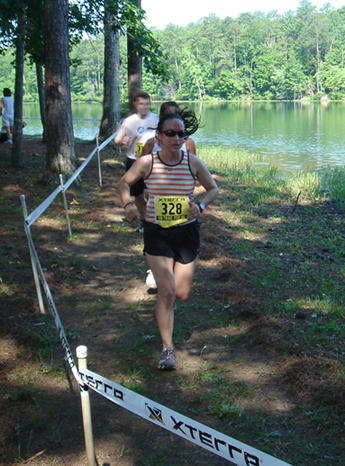
I’ve seen the difference both in myself and my clients who run. Those who work the entire body (including the lower body) are faster, stronger, and less prone to injury. They are better able to tackle uphill and downhill running and trails.
Strength training is the difference between struggling and running strong for the long haul.
But many fear that strength training will make them too bulky and slow them down. But it’s a calorie surplus and volume (sets x reps x weight x frequency per week) that determines muscle gain, and muscle is increasingly harder to build the more lifting experience that you have.
Newbie gains tend to taper off after about 6 months or so, and some body types just have a more difficult time building muscle than others.
And a solid lifting routine doesn’t have to take a ton of time, either. Just 2-3 days per week, 20-45 minutes each session can gain you the benefits you seek. Incorporating compound movements (exercises that use multiple muscle groups and joints) like squats and push-ups will give you the biggest bang for your buck. Plus, using your own bodyweight can be just as effective as using dumbbells, so you don’t necessarily need a bunch of equipment.
And speaking of bodyweight exercises, I’ve been beta testing a new bodyweight strength training program for my training partner and fellow fit pro Karen Smith. We’ve teamed up to create Built By Bodyweight (launching soon!). She’s providing the 12-week 3-workouts-a-week training program, and I’m writing the nutrition program (with 2 tracks: Fuel (optimal performance) and Physique (fat loss). Some of the movements below are included in the strength program.
5 Super Effective Bodyweight Exercises For Runners
1. Elevated One-Arm Push-up
At first glance, this may seem like an advanced exercise, and it is. But it can be beneficial for many. Like other unilateral exercises, it uncovers strength imbalances and works the core like almost nothing else. Planks are great and all, but the real challenge is to resist rotation while stabilizing the torso and hips. It engages the entire body.
Start with an elevated placement of your hand, like on a wall, countertop, bench, or step. When I first started training to get the OAPU, I had to start pressing from my bathroom countertop, about 3’ high. The important thing is to focus on technique and form. Push-ups are moving planks, so keeping the body tight and in a straight line is a big factor.
Keep the shoulders and hips square (parallel) with the floor/box, and the working arm in close to the torso. To engage the glutes and legs, push your heels outward. Visualize the lowering portion as a row to engage the lats.
Check out this comprehensive video by StrongFirst Master Trainer Karen Smith.
2. Half Turkish Get-up
The Turkish Get-up is an excellent assessment tool as well as a full body exercise. “For many athletes, learning to lock the ribcage on the pelvis is essential for injury prevention and performance,” says back expert and author Prof. Stuart McGill of the University of Waterloo. With the TGU, “the spine posture is controlled and the overhead weight is steered as the body learns more movement strategies that maintain torso stiffness while driving with other extremities.”
The TGU promotes shoulder stability and mobility and fires up the core muscles. It teaches the important skill of “linkage” while eliminating strength “leakage,” meaning you learn how to connect all the parts of your body for optimal movement and tension while eliminating any loss of tension (energy leaks).
Learning to control, while not losing, tension is advantageous in running. Energy leaks can cause dysfunctional movement patterns, leading to lackluster performance and possibly injury. “Stabilizers are what give you the mechanical advantage to be stronger,” explains physical therapist/strength coach Gray Cook, author of Athletic Body in Balance.
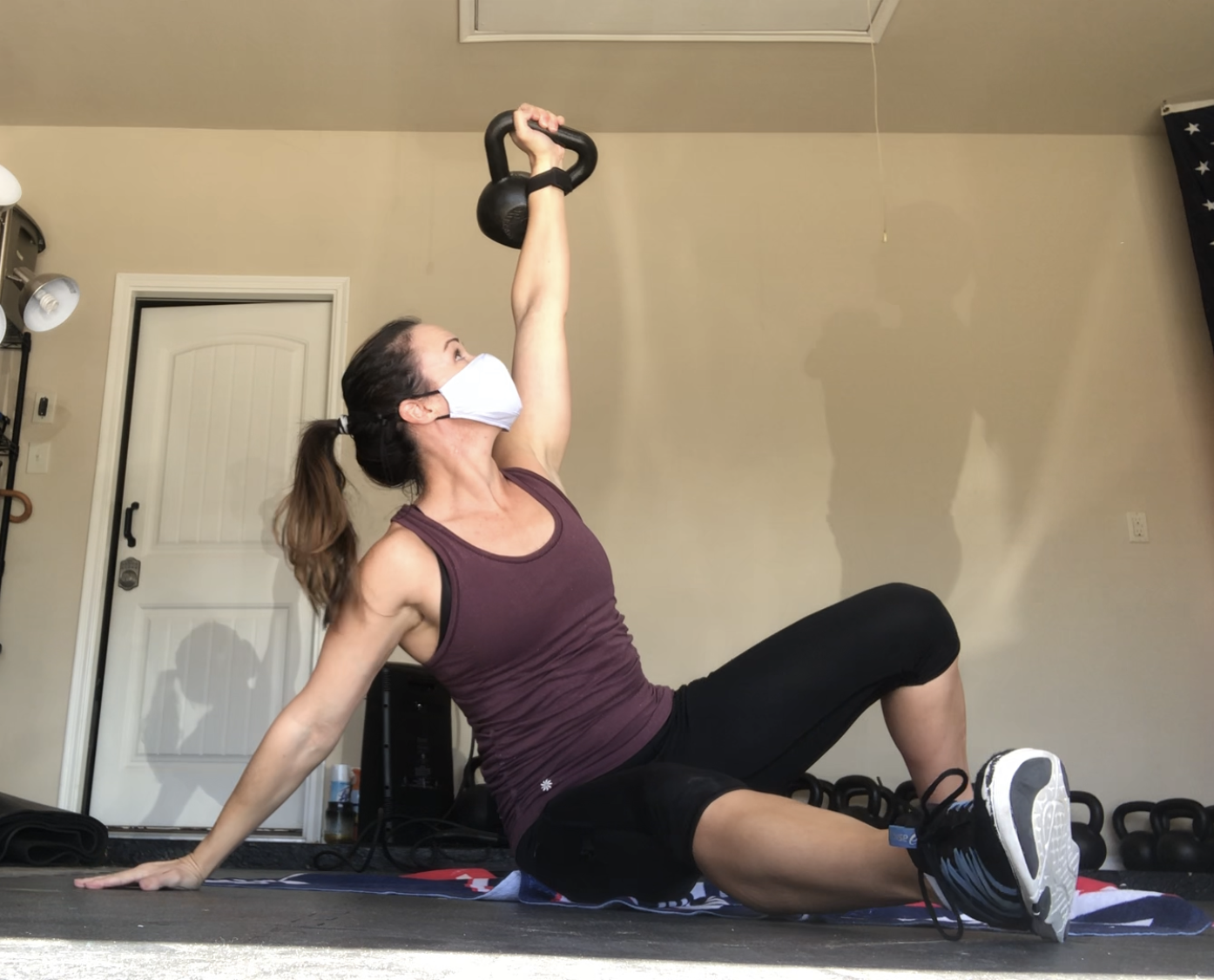
For those new to this movement, it should be done “naked” (no weight) to learn all the steps and how to put them together. You can also try placing a shoe on top of your fist. This provides excellent feedback as to how well you’re performing the exercise, especially the stability and control of your shoulder (and it’s more challenging than you think!).
To start, lie on the ground on your back with limbs positioned at 45 degrees from the body. Bring the right arm up to a vertical position, packing the shoulder (pull down to the floor and away from the ear) and bend the same side leg with the foot flat on the ground and knee bent to about 90 degrees.
Without moving the left elbow, engage the core and push through the heel of the right foot, rolling the right hip over towards the left side, up onto the left elbow. You should be watching the right hand (where a weight would be) this whole time, keeping the shoulder packed, the arm in close to the ear, and arm vertical. Pause.
Next, push through the left hand, rotating it so the fingers are facing about 45 degrees behind you. Lock the elbow (or if hypermobile, find a neutral, solid position instead). Pause.
Slowly reverse the movement to the starting position, keeping your eyes on your right fist and keeping the shoulder packed and arm straight up in a vertical position. Make sure the left shoulder is packed and not scrunched up by the ear. Slowly lower down to the elbow by pushing away with the hand. Pause. Lower down first to the left shoulder, then the rest of the torso.
Once you’ve mastered the Half Get-up, move on to the next steps. Check out this video from Karen Smith: Full Turkish Get-up Tutorial
3. Stork Exercise

Also known as the Captain Morgan, this movement really works the gluteus medius, the smaller glute muscle, which is a fan-shaped muscle located in the posterior hip. When the gluteus medius is weak, this can lead to injuries like ITB syndrome, medial knee pain, low back pain, achilles tendinopathy, shin splints, plantar fasciitis, and trochanteric (hip) bursitis.
The Stork is perfect for a warm-up and mimics single leg stance in running. To start, stand next to a wall with feet shoulder-width apart. Lift and push the closest knee against the wall (or a stability ball against the wall for a bigger challenge). The hip should not touch. Stand tall, not leaning to either side. Lean forward slightly with arms bent as if running. Squeeze those glutes!
Hold for 30-45 seconds each side x 2-3 sets.
4. Side Plank Clamshell
This takes the Clamshell exercise to the next level, adding a core strengthening element and making the bottom leg and glute work at the same time.
Lie on your side with your elbow directly underneath your shoulder and knees stacked and forward of the torso. Lift up on your elbow and knee, abducting the top leg at the same time while keeping the feet touching. Slowly lower down.
Check out the video HERE.
5. Single Leg Glute Bridge
Working the glutes is important for all athletes, but especially for females. We tend to be quad dominant, meaning the quads are activated more during movement and are stronger than the hamstrings. This imbalance can lead to injury, as well as hamper performance. The Glute Bridge is one of the best exercises to work the glutes, and one of my personal favorites.
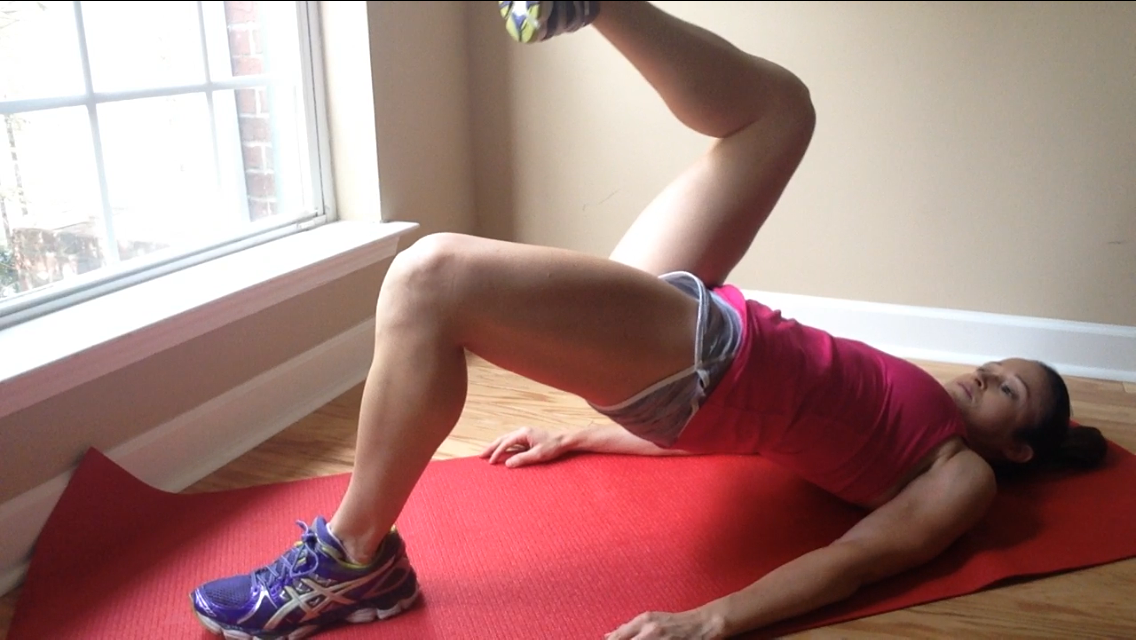
One problem that modern life brings many of us is tight hip flexors. We all sit a lot — from driving to working on computers to sitting on the couch watching Netflix. When these muscles are tight, it inhibits glute activation and can cause anterior pelvic tilt (the pelvis is tilted forward and there is an excessive low back arch), which can cause low back pain and poor glute and hamstring activation.
The Glute Bridge stretches the hip flexors at the top of the movement while making the glutes do most of the work. The key is driving through the heels and tucking the tailbone under to a more neutral pelvic position to avoid overarching the lumbar spine. Squeeze those glutes! To make this movement more difficult, add a 3-5 second hold at the top or elevate the foot.
Smart strength training could be the missing link in your running program, especially if you’re doing the same old movements all the time or neglecting the lower body. With the proper program and technique, you learn to control your bodyweight through multiple planes of motion (counteracting all the forward only motion in distance running) and increase body awareness, which boosts mobility, balance, and speed.
Always use good form and technique (video yourself to double-check). Lift to muscle fatigue, not complete failure, and make every rep count!
If you’re interested in a solid, effective bodyweight strength program, join the Built By Bodyweight program waitlist! You’ll get a free No-Equipment Bodyweight Cardio Alternatives guide and an exclusive discount when #BBBW launches! Join here >>> bit.ly/bbbwwaitlist
